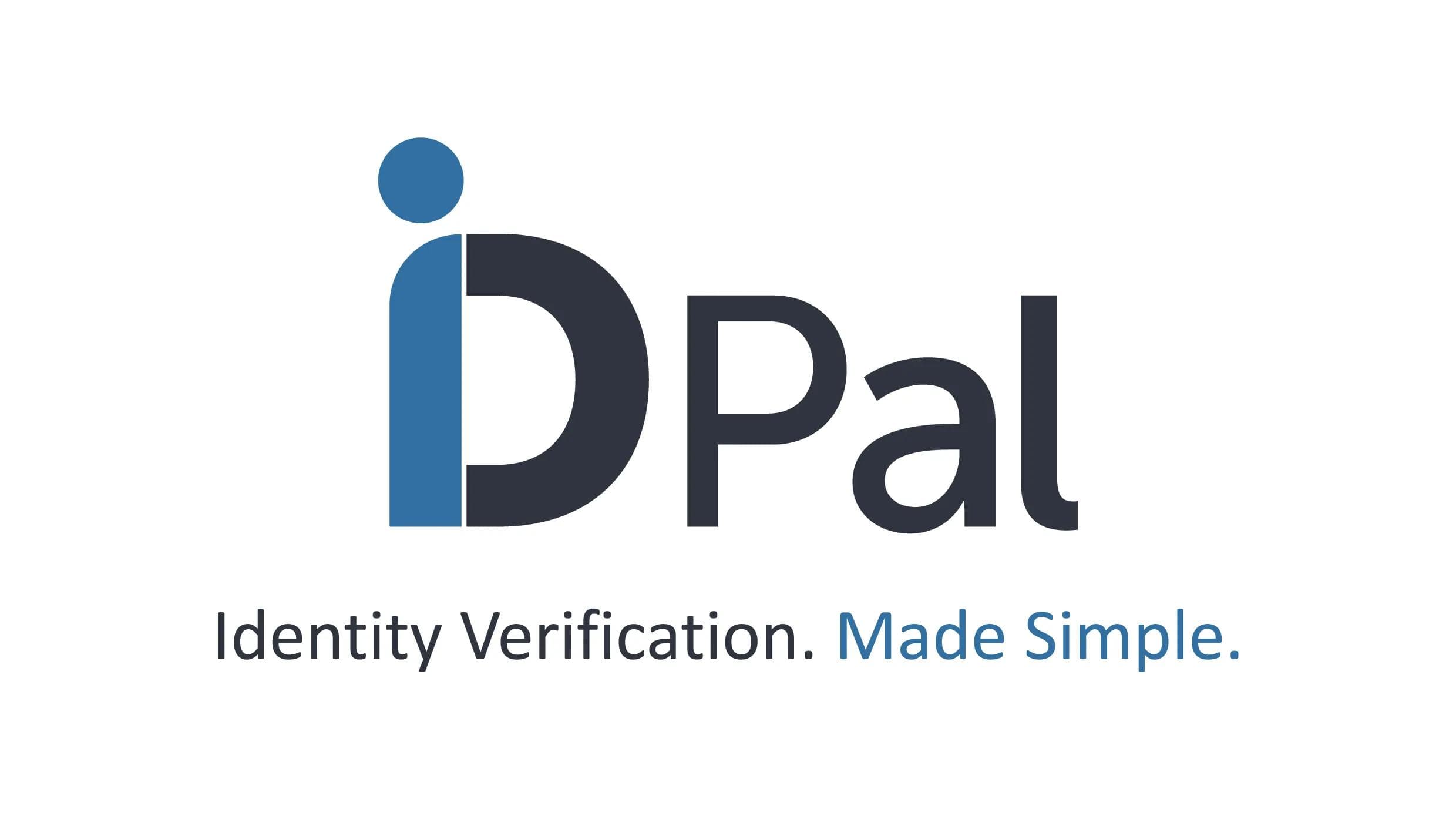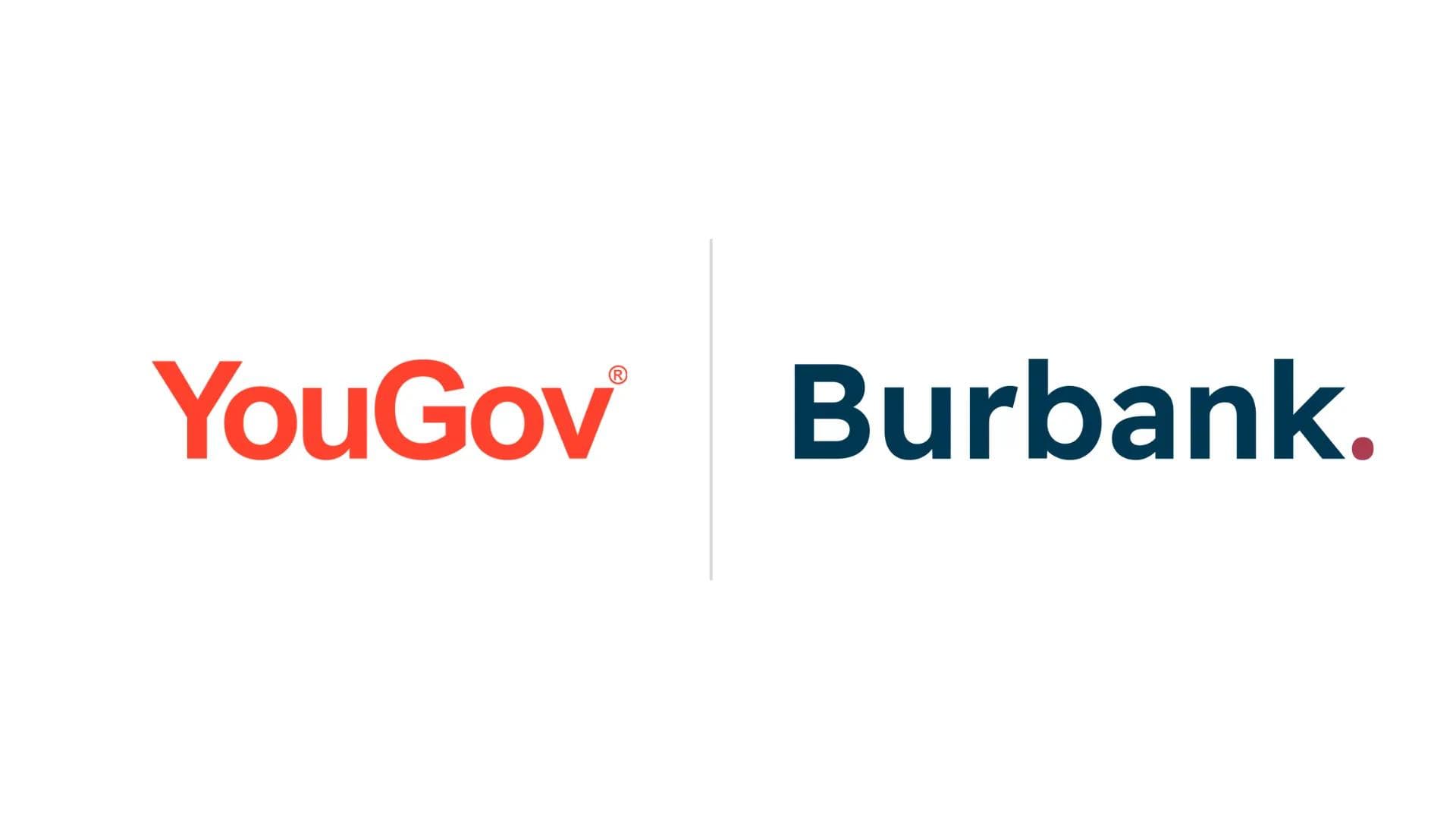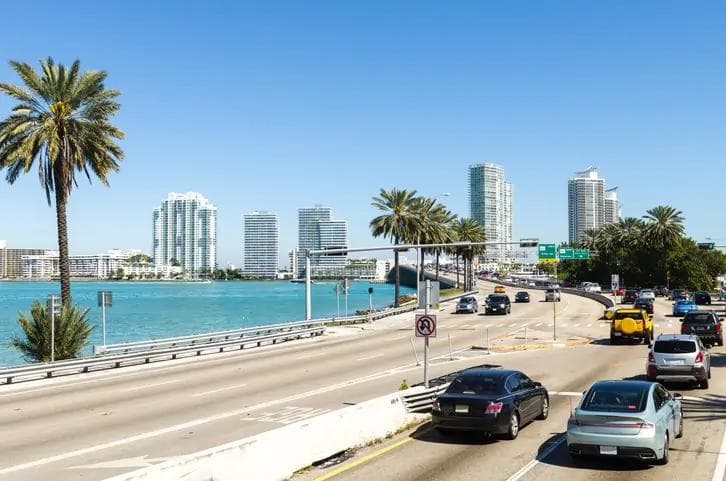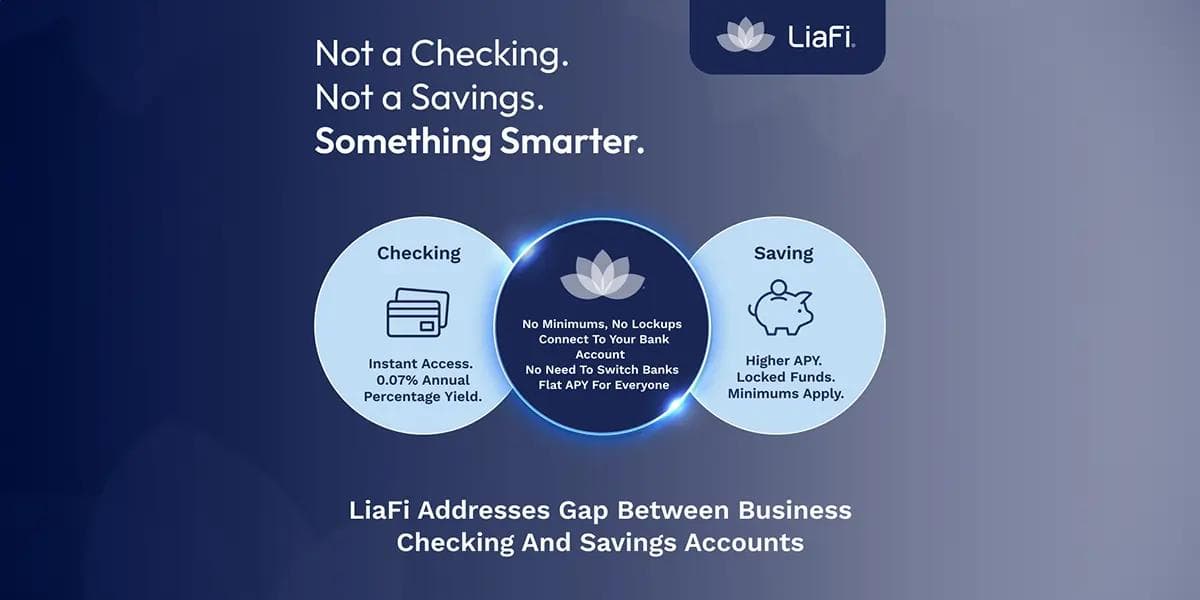Bank to bank payments could rival cards in a Cashless Society
Bank to bank payments could rival cards in a Cashless Society
Published by Gbaf News
Posted on June 27, 2018

Published by Gbaf News
Posted on June 27, 2018

Following last week’s Visa outage, Duncan Barrigan, GoCardless, explains why, as we move towards a Cashless Society, businesses need to make payments reliable or risk losing customers – and why, because of open banking, bank to bank payments might be the answer.
Payments are not only the backbone of the economy; they are the basis of brands’ relationship with customers.
In a Cashless Society, it’s more critical than ever for payments to be reliable and go uninterrupted. When they don’t, such as during the recent Visa outage, businesses feel the impact: whether that’s in terms of lost time, lost revenue or lost customers.
When this impacts a significant percentage of the business economy, it reduces confidence in the system and hurts everyone.
This is particularly critical in the Subscription Economy, where a failed payment can result in a disrupted service: creating unhappy customers and, worse still, customer churn. Consider for example, that among Software as Service businesses, 30% of customer churn is involuntary – the results of unintended payment issues. For a business doing 100,000 transactions a month, with an average value of £10, that could mean a loss of c. £15m over 5 years.
In this context, the value of bank to bank payments is increasingly clear: with fewer intermediaries, there are fewer points of failure and payment success rate is increased. Average payment failure rates for Direct Debit through GoCardless in the UK, for example, are less than 1% (we process £5bn each year); while industry benchmarks put failure rates for cards anywhere from 5-15%, depending on the sector and business.
The rise of bank to bank payments
But, just how common are bank to bank payments today in Europe?
Direct Debit is the most common means of collecting bank to bank payments across Europe and in 2016 it made up 20% of 122 billion cashless payments (source: European Central Bank, Payment Statistic for 2016).
In the UK, Direct Debit volumes reached 4.2 billion in 2017, more than double what they were at the turn of the millennium (source: Bacs Payment Schemes Ltd, 2017), while in Germany, more than 50% of non-cash transactions are made by Direct Debit. In the Netherlands, bank transfer system iDEAL makes up 60% of online transactions.
The rise of bank to bank payments has been driven in part by macroeconomic trends like the growth of the Subscription Economy, which has seen businesses moving to recurring revenue models and seeking out payment solutions more suited to this (e.g automated ‘pull’ payments with low failure rates). Floor care products business Vax for example, started to allow customers to pay for its products in instalments by Direct Debit and in doing so, managed to cut failure rates by 74%). While
EU-wide regulatory changes have also played their part: the credit card surcharge ban for example has led low-margin businesses (e.g. in retail and travel) to look for cheaper alternatives to cards.
Growth has also come about from the actions of commercial providers like GoCardless who have opened up Direct Debit to small businesses for who it was previously unavailable. Integrations with major accounting software platforms like Sage and Xero and a simple sign up and onboarding flow allow these SMEs to make it simple to access the benefits of improved cash flow and reduced admin.
Our work to build a global bank to bank payment network also means that Direct Debit is becoming an increasingly attractive proposition for global subscription businesses, from SurveyMonkey to Receipt Bank, TripAdvisor and Box.
We’re reaching a tipping point for bank to bank payments – and open banking might just send us over the edge.
Open banking: A renaissance for bank to bank payments
There are two important elements of the pan-European PSD2 legislation, which work in the favour of bank-to-bank payments: the creation of (i) Account Information Service Providers (AISP) and (ii) Payment Initiation Service Providers (PISP).
Until now, banks have been the sole owners of financial data like account details, balance and payment history. Under PSD2, payment providers and other organisations can apply to become an Account Information Service Provider (AISP).
Businesses and consumers will be able to tell their banks to share relevant banking data with an AISP. For GoCardless, being an AISP will mean we’re able to make payments that are smarter and less likely to fail (for example, they could be triggered when money is in a customer’s account). We can also make bank to bank payments more secure by authenticating new mandates through customers’ online banking accounts.
Under PSD2, payment providers can also become Payment Initiation Service Providers (PISPs), meaning they can trigger instant ‘push’ payments from a customer to a merchant. Unlike Direct Debit, these payments are immediate but, like Direct Debit, they carry much lower fees than credit and debit cards.
We are already seeing these kind of merchant-initiated ‘push’ bank to bank payments in the Netherlands with iDEAL and in Germany with SOFORT. We will start to see much greater usage of these types of payments in the next few years.
The opportunities for bank to bank payments are significant, leading some analysts to predict that they will become an everyday reality for consumers, capturing 20% of customer spend away from existing card schemes.
For businesses that take recurring payments, the new-world proposition for bank-to-bank payments is a compelling one: a global network, offering low transactions fees, high security, low payment failure rates and the ability to accommodate instant payments – all with a single customer mandate.
Following last week’s Visa outage, Duncan Barrigan, GoCardless, explains why, as we move towards a Cashless Society, businesses need to make payments reliable or risk losing customers – and why, because of open banking, bank to bank payments might be the answer.
Payments are not only the backbone of the economy; they are the basis of brands’ relationship with customers.
In a Cashless Society, it’s more critical than ever for payments to be reliable and go uninterrupted. When they don’t, such as during the recent Visa outage, businesses feel the impact: whether that’s in terms of lost time, lost revenue or lost customers.
When this impacts a significant percentage of the business economy, it reduces confidence in the system and hurts everyone.
This is particularly critical in the Subscription Economy, where a failed payment can result in a disrupted service: creating unhappy customers and, worse still, customer churn. Consider for example, that among Software as Service businesses, 30% of customer churn is involuntary – the results of unintended payment issues. For a business doing 100,000 transactions a month, with an average value of £10, that could mean a loss of c. £15m over 5 years.
In this context, the value of bank to bank payments is increasingly clear: with fewer intermediaries, there are fewer points of failure and payment success rate is increased. Average payment failure rates for Direct Debit through GoCardless in the UK, for example, are less than 1% (we process £5bn each year); while industry benchmarks put failure rates for cards anywhere from 5-15%, depending on the sector and business.
The rise of bank to bank payments
But, just how common are bank to bank payments today in Europe?
Direct Debit is the most common means of collecting bank to bank payments across Europe and in 2016 it made up 20% of 122 billion cashless payments (source: European Central Bank, Payment Statistic for 2016).
In the UK, Direct Debit volumes reached 4.2 billion in 2017, more than double what they were at the turn of the millennium (source: Bacs Payment Schemes Ltd, 2017), while in Germany, more than 50% of non-cash transactions are made by Direct Debit. In the Netherlands, bank transfer system iDEAL makes up 60% of online transactions.
The rise of bank to bank payments has been driven in part by macroeconomic trends like the growth of the Subscription Economy, which has seen businesses moving to recurring revenue models and seeking out payment solutions more suited to this (e.g automated ‘pull’ payments with low failure rates). Floor care products business Vax for example, started to allow customers to pay for its products in instalments by Direct Debit and in doing so, managed to cut failure rates by 74%). While
EU-wide regulatory changes have also played their part: the credit card surcharge ban for example has led low-margin businesses (e.g. in retail and travel) to look for cheaper alternatives to cards.
Growth has also come about from the actions of commercial providers like GoCardless who have opened up Direct Debit to small businesses for who it was previously unavailable. Integrations with major accounting software platforms like Sage and Xero and a simple sign up and onboarding flow allow these SMEs to make it simple to access the benefits of improved cash flow and reduced admin.
Our work to build a global bank to bank payment network also means that Direct Debit is becoming an increasingly attractive proposition for global subscription businesses, from SurveyMonkey to Receipt Bank, TripAdvisor and Box.
We’re reaching a tipping point for bank to bank payments – and open banking might just send us over the edge.
Open banking: A renaissance for bank to bank payments
There are two important elements of the pan-European PSD2 legislation, which work in the favour of bank-to-bank payments: the creation of (i) Account Information Service Providers (AISP) and (ii) Payment Initiation Service Providers (PISP).
Until now, banks have been the sole owners of financial data like account details, balance and payment history. Under PSD2, payment providers and other organisations can apply to become an Account Information Service Provider (AISP).
Businesses and consumers will be able to tell their banks to share relevant banking data with an AISP. For GoCardless, being an AISP will mean we’re able to make payments that are smarter and less likely to fail (for example, they could be triggered when money is in a customer’s account). We can also make bank to bank payments more secure by authenticating new mandates through customers’ online banking accounts.
Under PSD2, payment providers can also become Payment Initiation Service Providers (PISPs), meaning they can trigger instant ‘push’ payments from a customer to a merchant. Unlike Direct Debit, these payments are immediate but, like Direct Debit, they carry much lower fees than credit and debit cards.
We are already seeing these kind of merchant-initiated ‘push’ bank to bank payments in the Netherlands with iDEAL and in Germany with SOFORT. We will start to see much greater usage of these types of payments in the next few years.
The opportunities for bank to bank payments are significant, leading some analysts to predict that they will become an everyday reality for consumers, capturing 20% of customer spend away from existing card schemes.
For businesses that take recurring payments, the new-world proposition for bank-to-bank payments is a compelling one: a global network, offering low transactions fees, high security, low payment failure rates and the ability to accommodate instant payments – all with a single customer mandate.
Explore more articles in the Top Stories category











